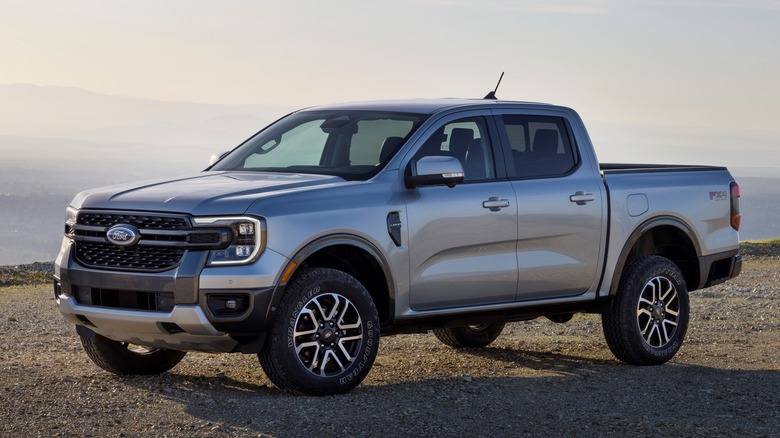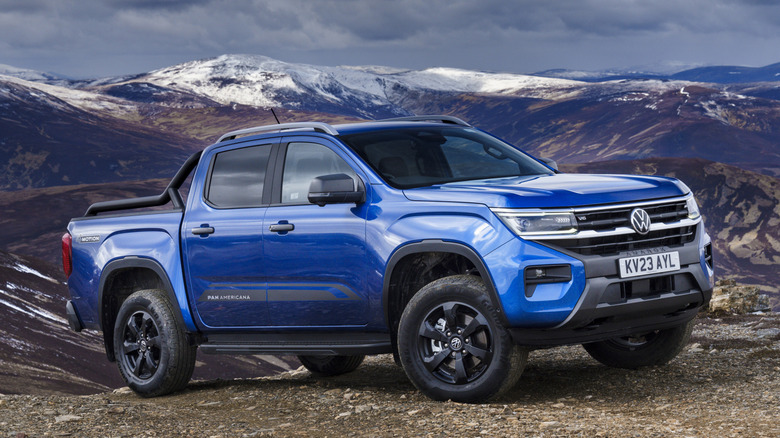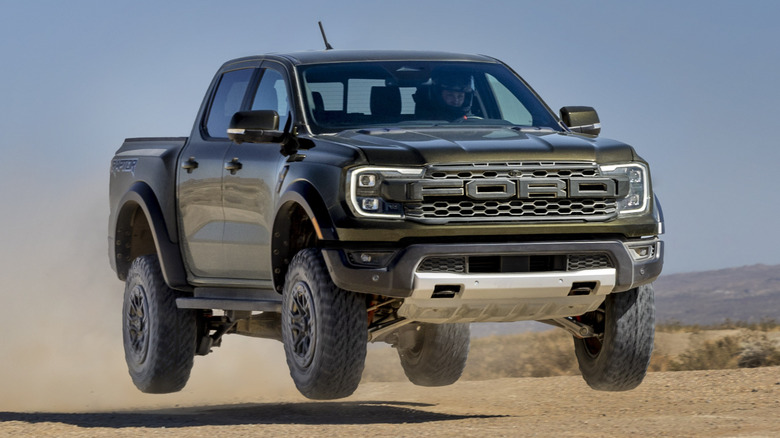Are The Ford Ranger & VW Amarok Really The Same Pickup Truck?
The answer to the question of whether the Ford Ranger and the VW Amarok are really the same pickup truck ... is complicated. While there are many similarities between them, there are also a number of differences. This is due to the nature of the collaboration between Ford and Volkswagen during the process of developing two discrete versions of a truck that could be made in the same factory, and on the same production lines.
One of the key reasons that automakers engage in such a joint venture is to can share the development costs. The result of this collaboration is that the Ford Ranger and the VW Amarok share a common platform, but are different from each other in most ways that might matter to a customer who could potentially be shopping both of these trucks.
Both trucks are made in the same factory, Ford's Silverton Assembly Plant located in Pretoria, South Africa. Ford Ranger trucks are also made in a number of other plants worldwide. The Ranger pickups that are sold in North America are produced in Ford's Michigan Assembly Plant in Wayne, Michigan, while the Volkswagen Amarok is not sold in the United States. There's a reason why Volkswagen does not offer a pickup truck in the U.S.
What do the Ford Ranger and the VW Amarok have in common?
The Ford Ranger and the VW Amarok have much in common, thanks to their sharing of the same platform. This means that the two vehicles each have high passive safety ratings in markets where they're sold, such as Australia, where they both have five-star ANCAP ratings. This is thanks to the additional ADAS and safety equipment fitted to both trucks, which includes adaptive cruise control, automatic emergency braking, blind-spot monitoring, lane-keep assistance, lane-departure warning, traffic sign recognition, and a full suite of airbags.
Another area where the Ford Ranger and the VW Amarok are similar is in their dimensions. Both pickup trucks are identical in wheelbase and height, with a miniscule 0.3-inch (8 mm) difference in width and a 0.8-inch (20 mm) difference in length between them. Both are rated to tow about 7,700 pounds or 3.5 tons in Australian market trim. One more area of similarity is in these trucks' drivetrains. Both have the same engine and transmission options, so performance is pretty much identical.
Inside, both of these pickup trucks provide smartphone mirroring through their touchscreens and wireless smartphone charging. They both use a version of Ford's infotainment system, so the way that it works (or doesn't work) is the same for either pickup. Our review of the Ford Ranger found that the middle of the pack is the pick of them all.
How do the Ford Ranger and the VW Amarok differ from each other?
One obvious difference between the Ford Ranger and the VW Amarok is in their styling. Every body panel on both of these pickup trucks, except for the roof, is unique to each. Even though Ford and Volkswagen engineers worked together on this project in Australia, the body designers worked separately from each other. This was to ensure that each version of the pickup truck would conform to the look of its own brand.
These differences extend to their interiors, with different dashboards and steering wheels for each truck. Another difference found inside these trucks pertains to their switchgear, digital displays, and even ventilation and temperature controls. There are physical HVAC controls in the Ranger, but you have to use the center touchscreen in the Amarok. Volkswagen has also specified firmer seat foam for the Amarok's seats.
One more notable difference between these two pickup trucks is that there is no VW Amarok counterpart to the Ford Ranger Raptor. The Ranger Raptor stands alone in this comparison as the ultimate mid-size high performance truck, with its 3.0-liter, 405-horsepower turbocharged V6 engine and the ability to run flat out on desert tracks until its fuel runs out. Our review of the Ford Ranger Raptor found that for price and off-road punch, there's no competition.


